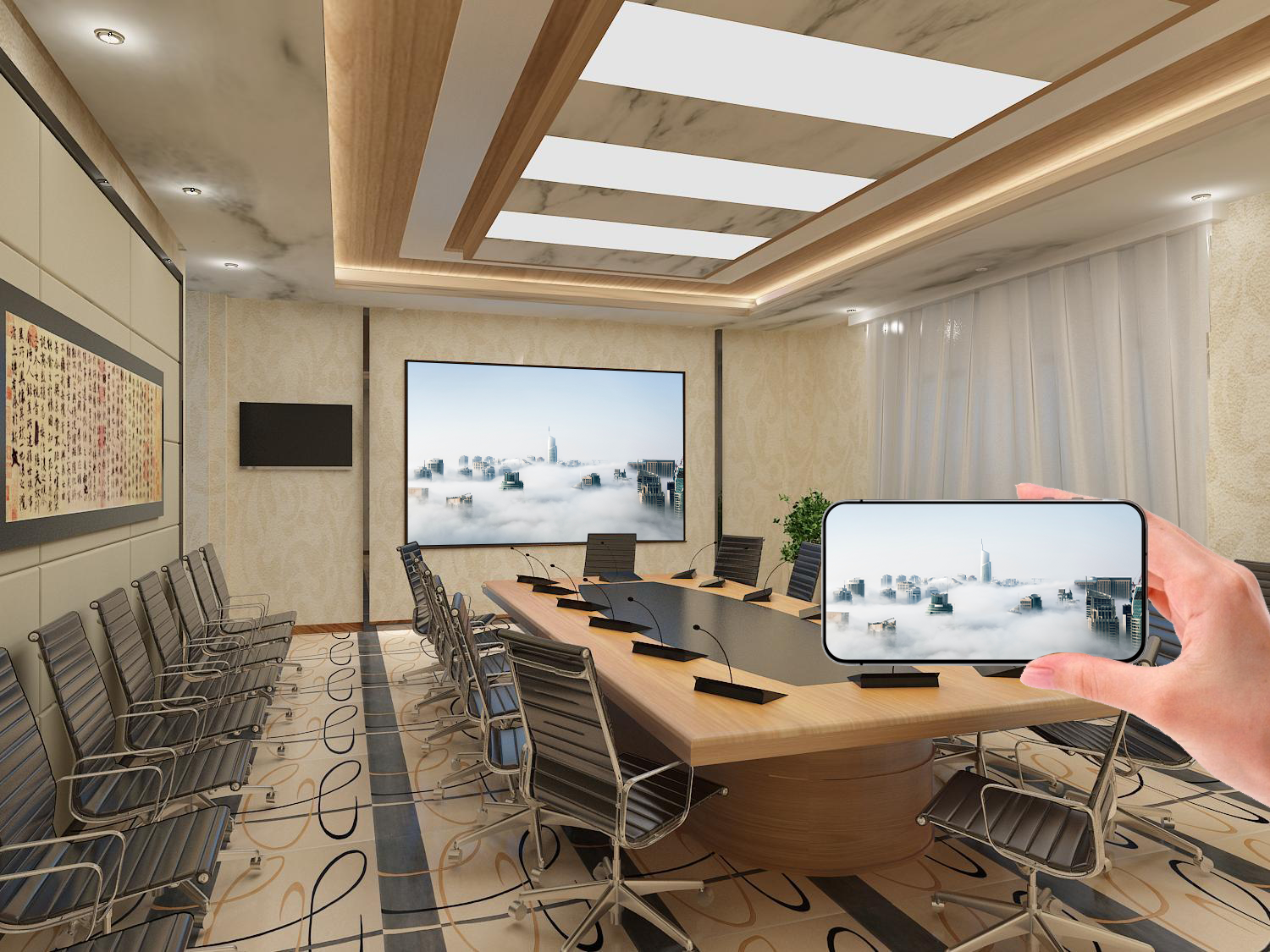Screen Mirroring: Breaking Down Screen Barriers, Reshaping All-Scenario Collaboration
In this digital age, mirroring content to a TV has become an indispensable part of our daily lives. Whether it’s for home entertainment, office presentations, or educational learning, screen mirroring technology provides immense convenience. This article will detail the three main methods of TV mirroring: wireless mirroring, wired mirroring, and third-party software mirroring. This guide will help you easily achieve screen sharing between your devices.
1. Wireless Mirroring: The Convenient and Efficient Choice
Wireless mirroring is the preferred choice for many due to its simple operation and lack of extra cables. The methods vary slightly for different devices. Below, we will cover the wireless mirroring methods for Apple, Android, Windows, and Mac computers.
Wireless Mirroring for Apple Devices
For Apple users, you can easily mirror content wirelessly as long as your TV supports the AirPlay function. First, make sure your Apple device (like an iPhone or iPad) and your TV are connected to the same Wi-Fi network. Then, open the Control Center on your Apple device. For iOS 11 and above, swipe down from the top-right corner of the screen. For systems below iOS 11, swipe up from the bottom of the screen. In the Control Center, find and tap the “Screen Mirroring” button. Your device will then search for nearby AirPlay-supported TVs and list the available names. Tap the name of the TV you want to mirror to, and once the connection is successful, your Apple device’s screen will be mirrored to the TV in real time.
Wireless Mirroring for Android Devices
Android devices also have a powerful and easy-to-use wireless mirroring function. First, connect your Android phone or tablet to the same wireless network as your TV. Then, open the phone or tablet’s settings menu and find a relevant option like “More connections,” “Connection & Sharing,” or “Display.” In these options, you can usually find the “Wireless projection,” “Wireless display,” or “Multi-screen interaction” function. After enabling this function, your phone will start searching for nearby mirrorable devices. In the search results, select the TV you want to mirror to. Once connected, your phone or tablet’s screen will be displayed on the TV.
Wireless Mirroring for Windows Computers
Windows computers also support a wireless mirroring function, which can be achieved with simple settings. First, open your computer’s settings menu and select the “System” option. In the system settings, find and tap the “Project to this PC” option. Then, select “Available everywhere” to allow other devices to connect to your computer. Next, find and click the “Connect” icon on the right side of the computer’s taskbar. In the pop-up list of devices, select the TV you want to mirror to. Once connected, your computer’s screen will be mirrored to the TV.
Wireless Mirroring for Mac Computers
For Mac computer users, wireless mirroring is just as simple and convenient. First, make sure your Mac computer and TV are connected to the same Wi-Fi network. Then, click the “AirPlay” icon in the menu bar. In the pop-up list of devices, select the TV you want to mirror to. Alternatively, you can go to “System Preferences,” enter the “Displays” option, and then select “AirPlay Display” to connect to the TV. Either way, you can easily mirror your Mac computer’s screen wirelessly.
2. Wired Mirroring: The Stable and Reliable Connection
While wireless mirroring is convenient and fast, in some situations, wired mirroring can be more stable and reliable. Below, we’ll introduce how to mirror content using an HDMI and a VGA cable.
Wired Mirroring with an HDMI Cable
An HDMI cable is a high-definition video transmission cable that supports the simultaneous transmission of high-definition video and audio. First, prepare an HDMI cable and plug one end into the HDMI port of your computer or phone. If your phone doesn’t have an HDMI port, you can use an HDMI adapter to connect. Then, plug the other end of the HDMI cable into the HDMI port of your TV. Turn on the TV and use the TV remote to switch the signal source to the corresponding HDMI channel. You can then see the screen of your computer or phone on the TV.
Wired Mirroring with a VGA Cable
In addition to HDMI cables, a VGA cable is also a common video transmission cable. If your TV and computer or other device both have a VGA port, you can use a VGA cable to connect them. The connection method is similar to an HDMI cable: simply plug one end of the VGA cable into the computer’s VGA port and the other end into the TV’s VGA port. It’s important to note that a VGA cable can only transmit a video signal and cannot transmit an audio signal. Therefore, if you need to transmit both audio and video signals at the same time, you’ll also need to connect a separate audio cable.
3. Third-Party Software Mirroring: The Flexible and Diverse Choice
In addition to wireless and wired mirroring, many third-party software applications can also provide a mirroring function. These applications usually have more features and more flexible connection methods. Below, we’ll introduce a popular mirroring software: Bijie Screen Mirroring.
Bijie Screen Mirroring
Bijie Screen Mirroring is a powerful mirroring software that also supports screen sharing between a TV and various devices. First, you need to install the Bijie Screen Mirroring software on your TV and the device you want to mirror from. Then, open the software and follow the prompts. Generally, you’ll need to search for the TV device from your phone or computer and connect to it. Once connected, you can start mirroring.
In summary, TV mirroring technology provides us with great convenience and flexibility. Whether it’s wireless mirroring, wired mirroring, or third-party software mirroring, all can meet our different needs and scenarios. We hope this guide helps you better master the methods and skills of TV mirroring and enjoy a more convenient and efficient mirroring experience.